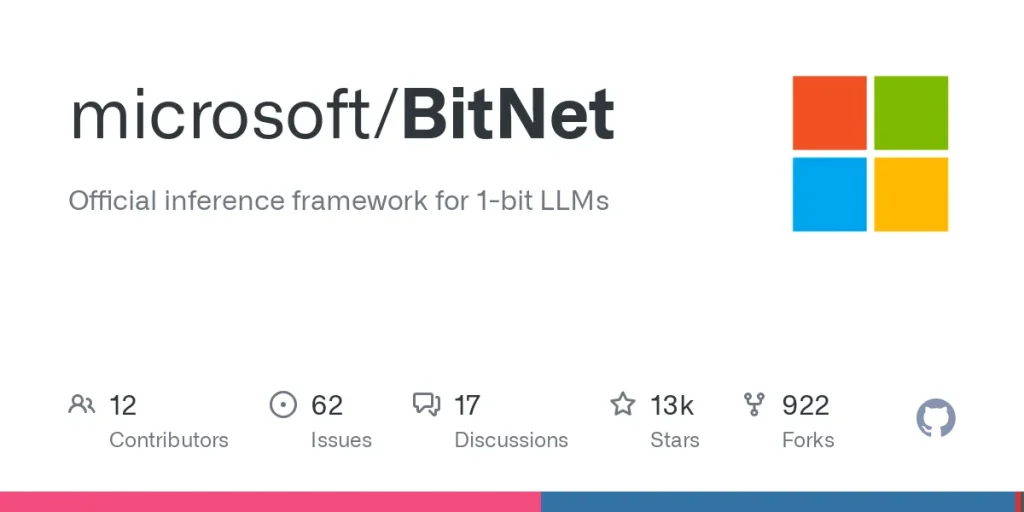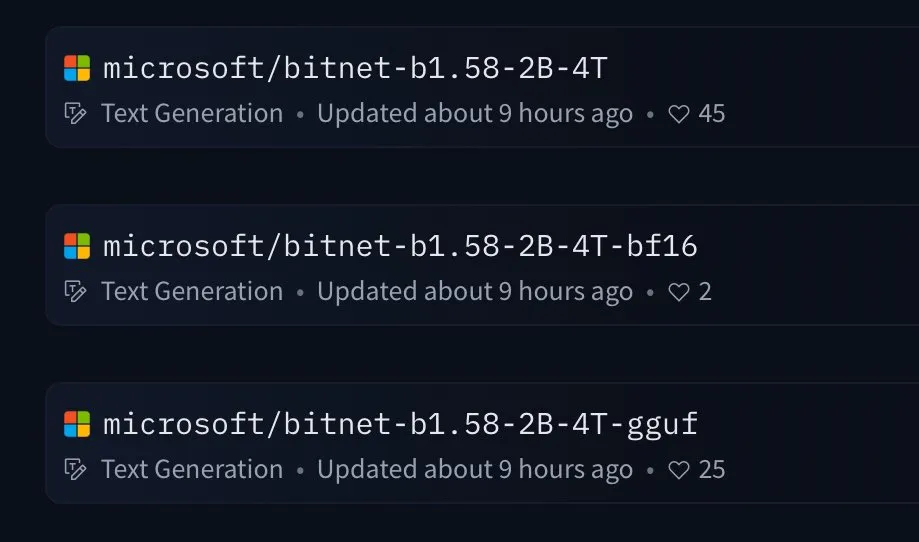
Microsoft Unveils Hyper-Efficient AI That Runs on CPUs
Microsoft’s new hyper-efficient AI model performs fast on CPUs like Apple’s M2, removing the need for expensive GPUs.
Microsoft scientists developed a powerful artificial intelligence model which operates effectively on CPU systems starting from consumer-grade devices like Apple’s M2 chip. This hyper-efficient AI model is designed to handle tasks typically reserved for GPUs, such as running chatbots or summarizing long documents, but without the high hardware demands.
Microsoft develops its exploration of binarized transformers through BitNet b1.58 which functions as a new system. The models now accomplish mathematical operations with 1-bit matrices instead of standard 16- or 32-bit computations thus diminishing their accuracy. The updated system enables powerful AI models to function on common laptops which extends advanced tool access to more users without requiring hardware replacement.
What Makes This Hyper-Efficient AI Different
What separates this hyper-efficient AI from traditional models is its streamlined architecture. The model BitNet b1.58 delivers superior speed and memory efficiency at a cost of slightly reduced accuracy levels. Microsoft reports that BitNet b1.58 operates at 3.4 times the speed of current models yet requires only 50 percent of their memory capacity. BitNet b1.58 achieves significant operational speed and restricted memory use while maintaining good performance on hardware systems running on limited system power.
BitNet b1.58 presents significant possibilities for circumstances which have restricted GPU availability or demand energy efficiency. The model achieves its performance goals through 1-bit matrix multiplication processing that consumes minimal energy resources throughout 90 percent of its operations. The proposed technology has the potential to redirect AI implementation throughout mobile devices as well as edge computing systems and developing markets.

BitNet Brings Powerful AI to More Devices
The launch of this hyper-efficient AI model aligns with a growing need for scalable, low-cost machine learning solutions. The surge in generative AI tool demand triggers both power usage and hardware capacity limits to escalate. Companies needing AI integration for various uses can consider BitNet as their solution since it avoids the expense of GPU clusters.
Microsoft uses BitNet to position itself strategically against OpenAI and Google in their competition to develop sustainable AI solutions based on accessible high-performance platforms. Azure serves as a platform to provide the research community access to the model which enables collaborative development to deploy it across different sectors.

Final Thought
Microsoft continues to develop efficient AI models including this most substantial practical design thus far. The organization pursues the development of AI framework designs to minimize hardware requirements and demand low power consumption without compromising their power. The hyper-efficient AI initiative could pave the way for future tools that run on mobile devices, embedded systems, or even inside office software like Microsoft 365.
The research development of BitNet expansion and training techniques could unlock wider industrial applications during the next several months. Whether in business, education, or consumer apps, hyper-efficient AI models are now within reach of far more users—thanks to this major leap forward by Microsoft.



